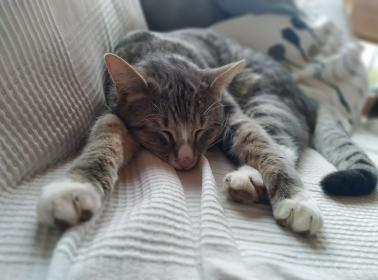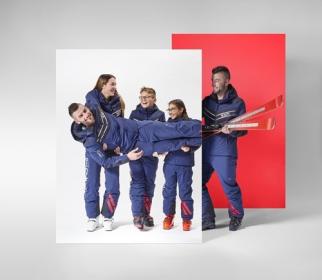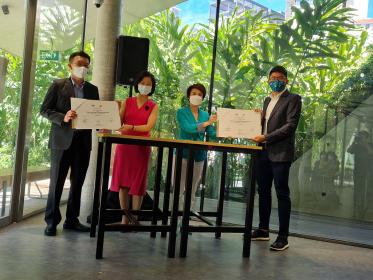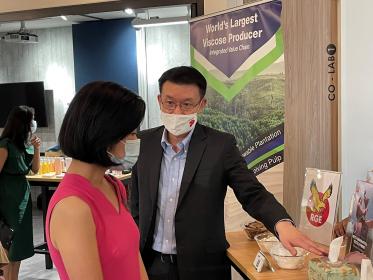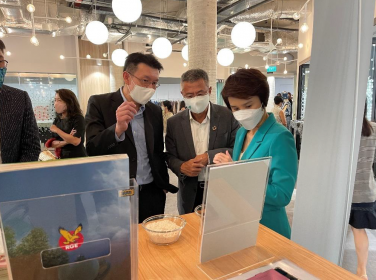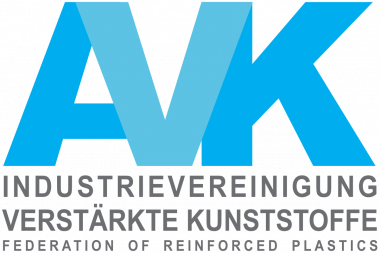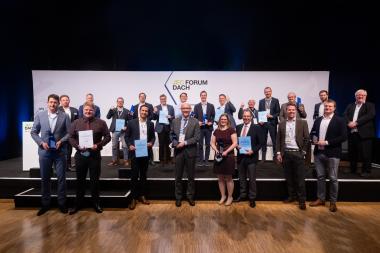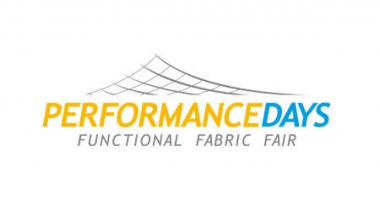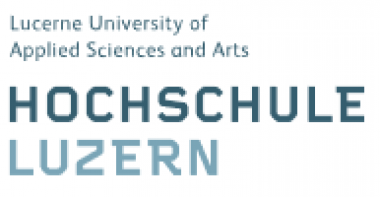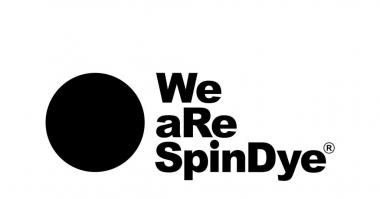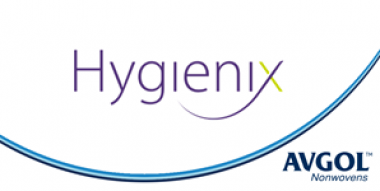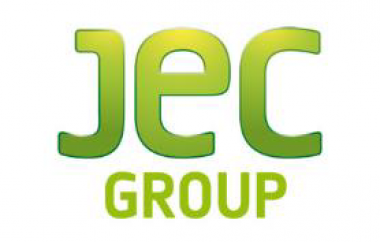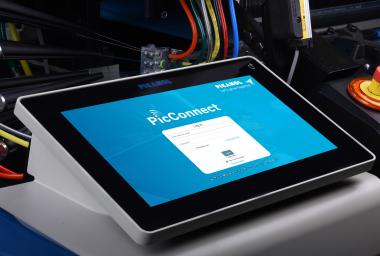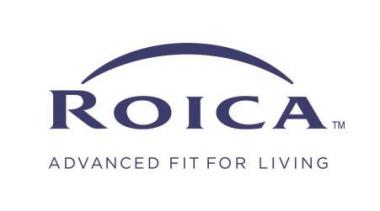Tested Pet Supplies: Hohenstein quality label ensures animal trust
To ensure that pets are also well equipped in terms of product safety, quality and durability of their cuddly blankets, cushions or favorite toys, the textile testing service provider Hohenstein has established its quality label for tested pet supplies. After all, the number of pets in private households is growing every year, and for many of us, our animal roommates count as full members of the family and are cared for accordingly.
The label is explicitly designed for textile products such as blankets or pillows for sleeping areas, dog clothing, mats or even horse blankets. It provides consumers with clear product information on product safety, quality and durability, and also offers home/pets and their owners security against unwanted residues of chemical substances. Beyond its standard physical tests, the quality label can be flexibly extended: depending on the intended use, product properties such as chew resistance, scratch resistance, outdoor suitability, water repellence, waterproofness or air permeability play a major role in ensuring that pets feel completely comfortable.
The Hohenstein quality label Tested Pet Supply is an independent proof of quality and joins the ranks of the existing Hohenstein quality labels.
Hohenstein


